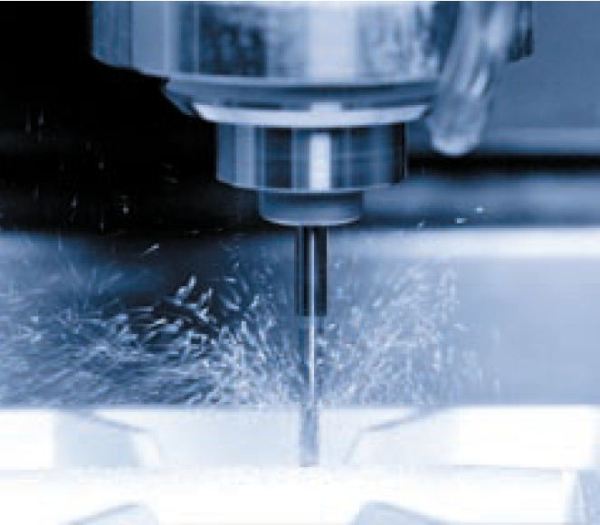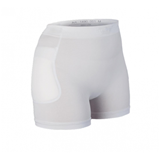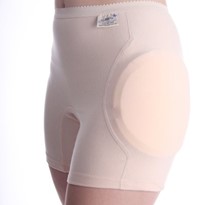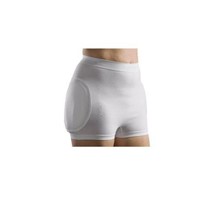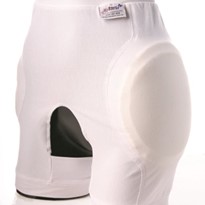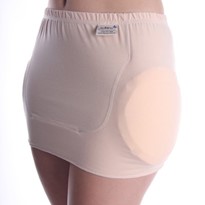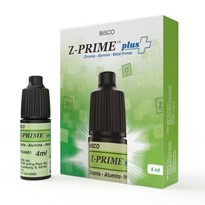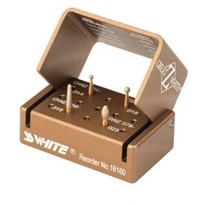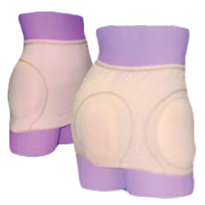Zirconia
Zirconia material typically used today by most manufacturers is a tetragonal polycrystalline zirconia, partially stabilised with yttrium oxide. It should be noted that there also are varieties among the 3Y TZP materials. Although all of these materials have the same chemical composition, there are differences in strength and translucency, based on the chosen powder type and the production conditions. Some of the zirconia materials on the market have a strength of 900 MPa, whereas others exhibit strength values over 1,100 MPa.
The apparent translucency of zirconia is very important; some zirconias exhibit a bright white, rather opaque colour while others do not. Accordingly, it is essential to choose the right 3Y TZP type and optimise the production conditions in order to achieve maximum strength and translucency.
The processing of the blanks used by CAD/CAM systems, incorporating the green machining approach typically is achieved by utilising a spray-dried zirconia powder. This powder can be isostatically pressed, pre-sintered and then mounted in a holder to be placed in a CAD/CAM system.
After milling in the pre-sintered state, the enlarged geometry is sintered pressureless in a furnace at temperatures between 1,350°C and 1,500°C. The porous pre-sintered zirconia shape shrinks by approximately 20% linear, thus achieving its strength and optical properties.
HIP zirconia
HIP stands for “Hot Isostatic Pressing.” This is a special sintering technique used in the ceramic industry and necessitates expensive equipment. By means of comparison, in a closed system, high temperatures and pressures are applied to densify the material a bit more than the non-HIP zirconia, gaining approximately 20% more in strength. It should be noted that HIP zirconia is not a particularly special material. The chemical composition of HIP zirconia is exactly the same as that which is utilised for the green machining approach.
Any improved properties of HIP zirconia are counterbalanced by the fact that grinding a 1/1 shape from the material introduces substantial amounts of surface defects. During milling of dense sintered ceramic blanks, there also is the danger of unwanted surface and structural defects on the ceramic. Caused by diamond burs, these also negatively impact the permanent strength of the ceramics. Compared with green processing, the hard processing of dense sintered zirconia with diamond burs is more time and labor intensive and also involves increased wear on the milling instruments.
Differences between zirconia and HIP zirconia
- HIP zirconia has the same chemical composition as a non-HIP zirconia.
- HIP is a sintering process, not a material.
- HIP zirconia minimises overall restoration strength, since during the grinding of the shape out of a dense HIP zirconia block, surface defects are introduced. As an example, an in vitro study from Dr. J. Tinschert, University of Aachen, clearly demonstrates that there is no advantage to utilising HIP zirconia vs. non-HIP zirconia. (Initial fracture force [in N] of 3 and 4 unit bridges using HIP and non-HIP zirconia material [DCS = HIP zirconia, Lava = non-HIP zirconia].
General Information
Definition of units
There is a difference between whether a fracture force in N (Newton) or a strength value in MPa is stated, which is a load-per-square mm. N is a description of a pure force. Therefore, in the case of real dental geometries (crowns and bridges) the fracture force is measured in N. MPa is a description of a force-per-square mm. In order to measure a strength value in MPa, one has to know the exact geometry of the specimen. In case of material discs or bars with exactly determined dimension, the fracture strength is measured in MPa.
Data evaluation
When data on fracture is published and compared, it is important to understand what has been measured and what constituted the test set-up.
Test Methods
With regard to test set-ups, there also is a difference between the values (i.e., whether it has been a compression or a bending test). It is essential to know that ceramic materials have strength values about five-to-ten times higher in a compression test than with a bending or tensile test. However, any ceramic restoration will always fail in tension. The compressive strength of a ceramic material thus has little bearing on its quality.


